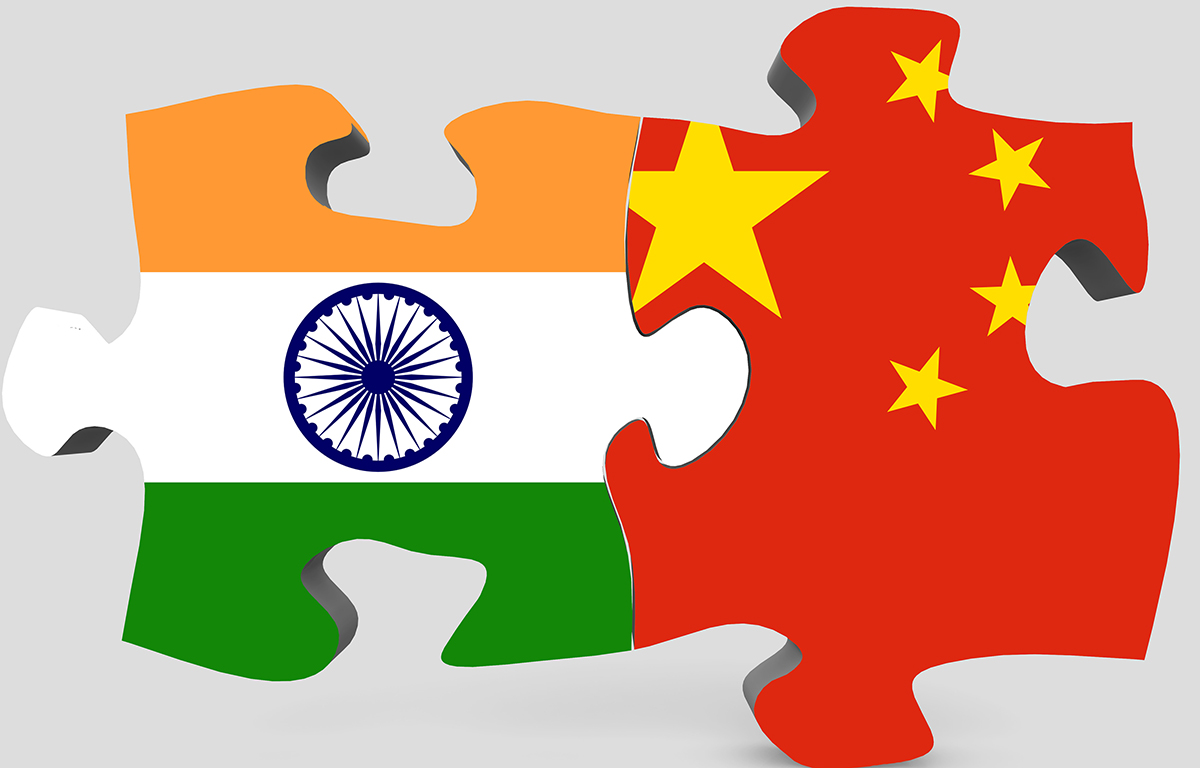

New Delhi: India’s new envoy to China Gautam Bambawale met Chinese President Xi Jinping on Tuesday and presented his credentials.
Bambawale, who arrived in China on November 19, met Xi as is the practice for newly arriving envoys. He had a brief conversation with Xi after presenting his credentials.
Bambawale, a Mandarin-speaker Indian Foreign Service officer of the 1984 batch has also handled the China desk in the Indian foreign ministry that looks after relations with Japan, China, South Korea, Mongolia and North Korea. One of the first tasks in front of Bambawale will be to stabilize India-China ties rocked by a military face off in the Dokalam area of Bhutan that lasted 73 days.
Dokalam stand-off is neither the first, nor the last stand-off between India and China, nor is it the longest one. Out of 14 countries with which China had border issues, it has resolved with 12 except India and Bhutan, With India, China has been delaying settling the border issue on some pretext or the other, and with Bhutan it has been shifting its claim lines many times.
Dokalam standoff was a litmus test for India in terms of how resolutely it could stand up against a belligerent China to protect the interests of Bhutan as well as its own.
India was well prepared at the Dokalam triangle to face any eventuality. However in the overall context India needs to improve its infrastructure up to and along the LAC and also improve intersectoral connectivity for faster movement of military forces and equipment. The infrastructure development includes land, air communication, accommodation, storage and all types of facilities along the LAC. India also needs to improve the military equipment and logistics resources availability, self-sufficiency, manufacturing capability and equipment profiling (modernization) to increase its combat capability of its Armed Forces.








